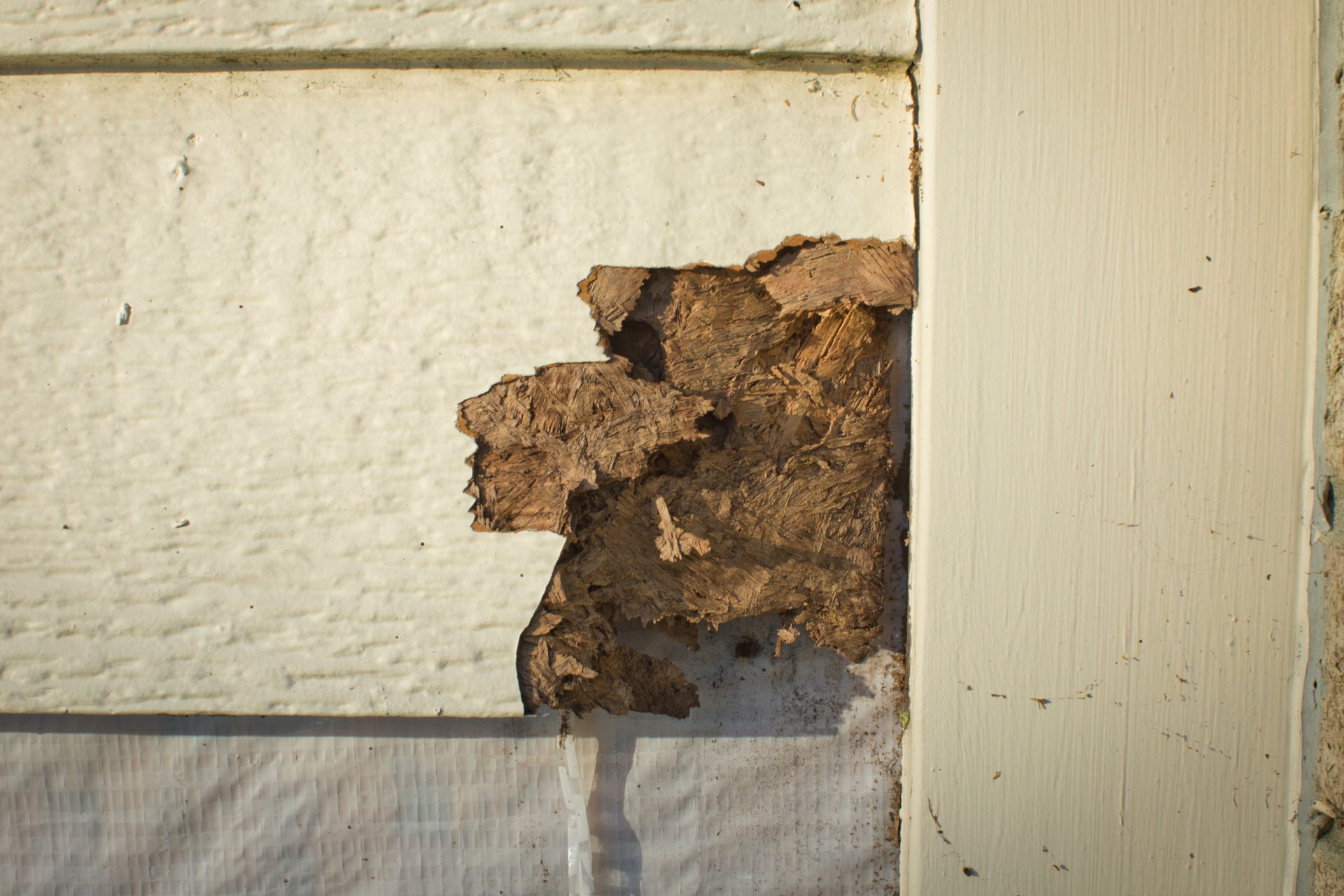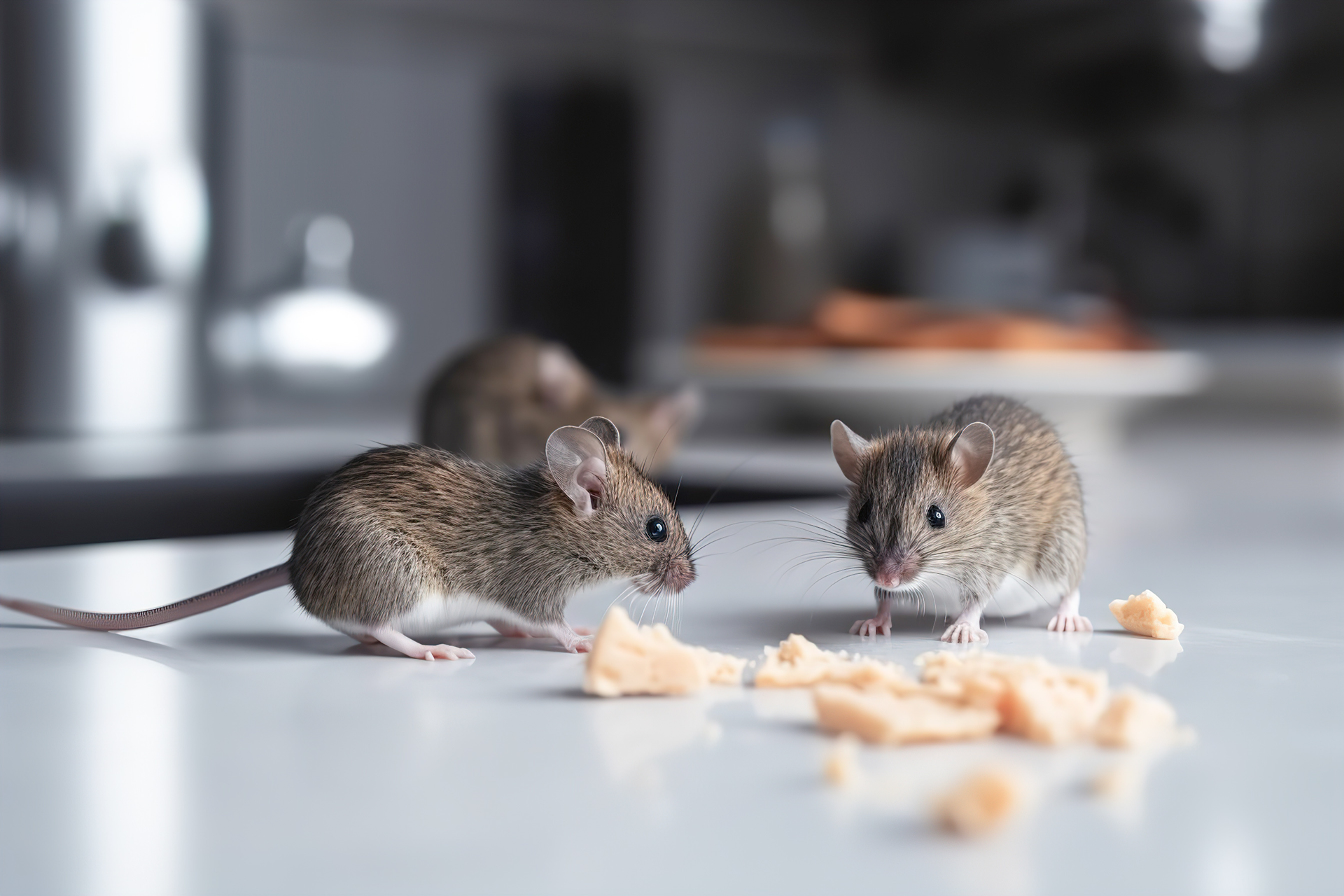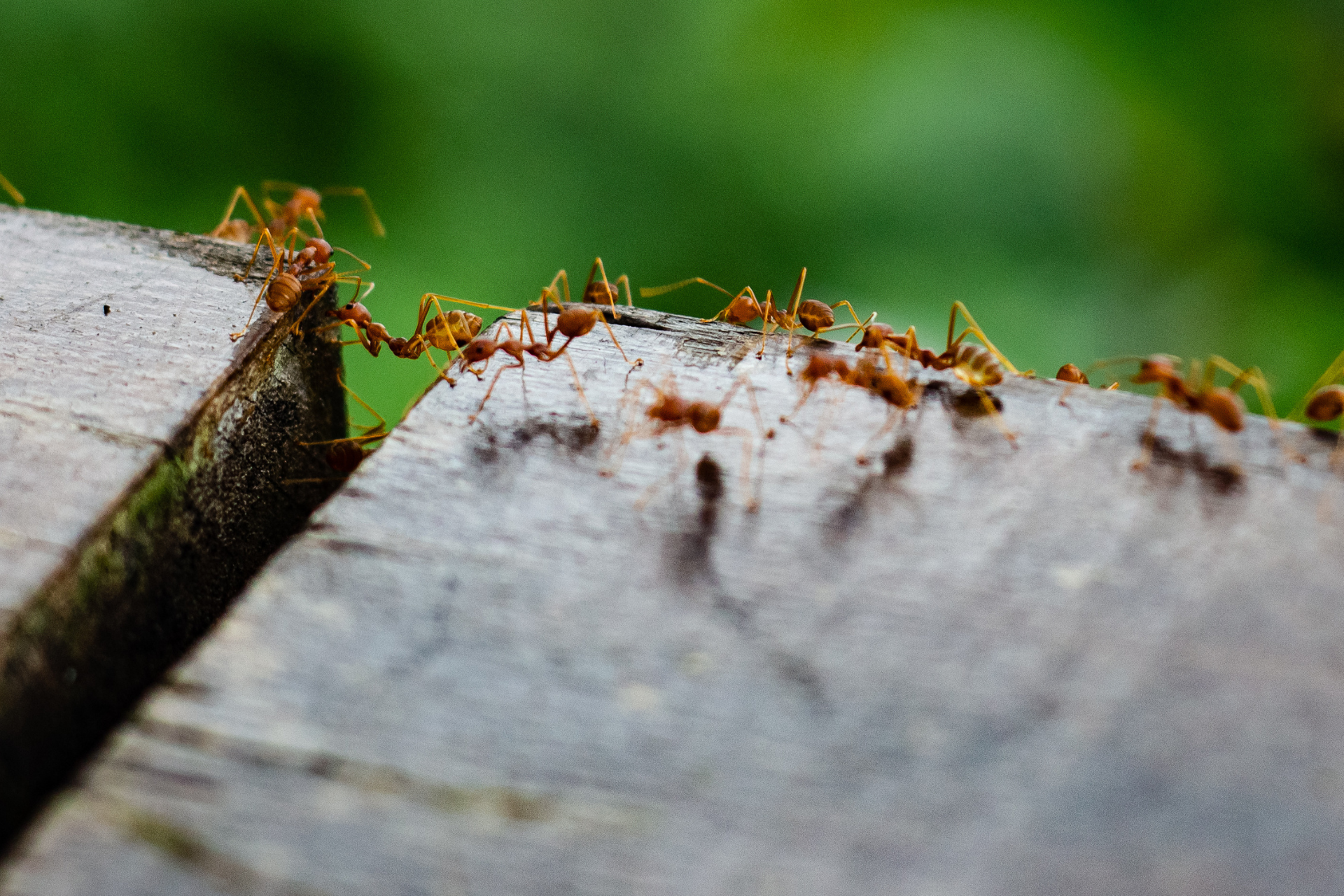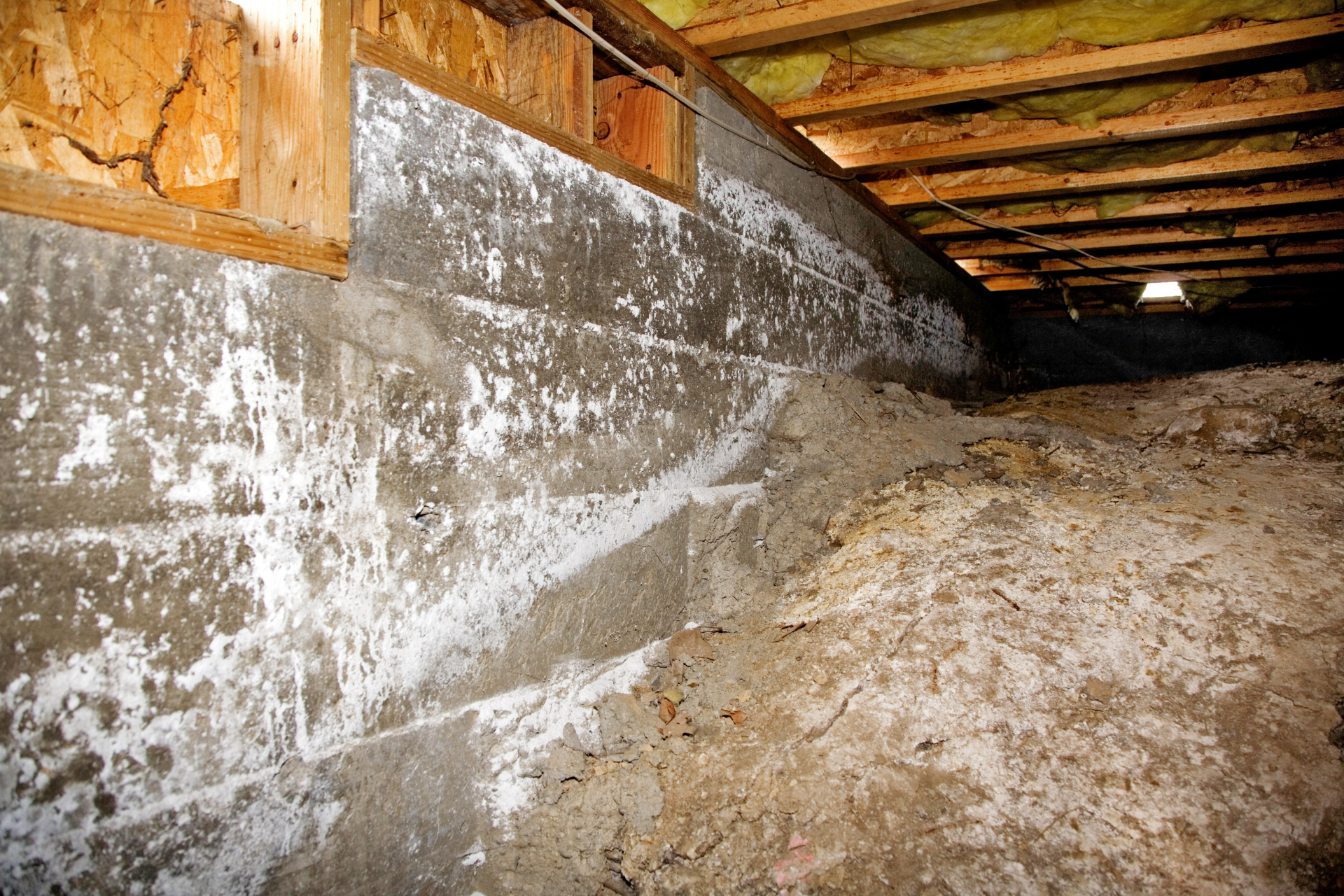Blog Layout
What Are Stink Bugs?
June 5, 2019
Where Did They Come From And How Do I Make Them Go Away!

Stink Bugs are triangular shield shaped insects that are normally around 3/4” long. They are a part of the Pentatomidae family. This name comes from the Greek words “pente” meaning 5 and “tomos” meaning section which describes their shield like backs.
Most Stink Bugs get their food from eating the juices from plants, but some are predatory. Stink Bugs get their common name in reference to the smell that is produced upon crushing or agitating them. There are many types of Stink Bugs in the United States, but the most destructive Stink Bug is the Brown Marmorated Stink Bug (BMSB). They have the potential to cause millions of dollars in crop loss as they roam fields in droves eating everything in their path posing a huge threat for agriculture. In an outbreak
in 2010 Maryland lost 100% of their peaches and New Jersey (4th largest national peach producer) lost 60-90% because of this pest.
Of the many types of Stink Bugs, the Brown Marmorated Stink Bug can be the biggest nuisance. The Brown Marmorated Stink Bug came from Eastern Asia into the United States somewhere in the mid 1990’s. Some people refer to it as the East Asian Stink Bug because of this. It now inhabits 44 states after first being discovered in Pennsylvania in 1998.
Stink Bugs go by other names like shield bugs and soldier bugs. The smell they produce is from pheromones they produce behind their hind legs or on their abdomen from glands on either side of their bodies. The smell they produce is often compared to coriander. According to the
United States Library of Medicine, the odor is produced when threatened, or upon death, and is comprised of Trans-2-Octenal and Trans-2-Decenal. They use this smell to defend themselves from predators that are large enough to pierce through their shield-like backs, that includes you. The smell can linger for
hours, so try to avoid startling them if you find them in your home.
Stink Bugs are hard to get rid of for a number of reasons. One of the reasons are their reproductive habits. A female Stink Bug can lay 20-30 eggs, 3 times per year. That’s anywhere from 60-90 Stink Bugs created from just one couple. Another is because of their thin composition; they can easily slide into cracks of windows or walls and get inside your home. Once inside of your home they choose a nice warm and safe place to settle in for the winter making them hard to find. According to Rutgers University, once the Stink Bugs have their new dwelling, they release a pheromone alerting the other Sting Bugs that they have a found a place for overwintering. Another problem is that during the diapause (their winter dormant phase) they don’t move very much making them hard to detect.
Many people think they can use DIY methods to get rid of Stink Bugs and this is not the case. Stink Bugs are versatile creatures than can multiply exponentially and eat just about any plant. Some people recommend cultivating your garden, that may stop them from feeding on your property for a short period of time, but they can fly. If they find that your house is suitable for a winter home, they can simply just fly back to it when it’s time to go into their diapause. Sealing entryways is a good idea but not foolproof. These bugs traveled all the way from China, they can find a way into your home. One of the worst things people recommend is to vacuum them up. This is not the best idea because if startled they release their smell and they also release their smell upon death. Its not likely that vacuuming up 2-3 Stink Bugs will stop the infestation from growing.
At the sight of the very first Stink Bug, call us at At Ease Pest Solutions. We serve Troutman,
Lake Norman
and the surrounding areas We are locally owned and operated. As an experienced veteran owned company, we know how to provide top quality service. In fact, our company was founded on that idea. We are a 5 star rated company and work hard to you every day to maintain that rating. Whether it is Stink Bugs or any of the local pests, we are experts in getting rid of the problem. Call is today and e help relieve your stinky situation.
Troutman Branch
694 South Main Street
Troutman, NC 28166
704.761.9697













